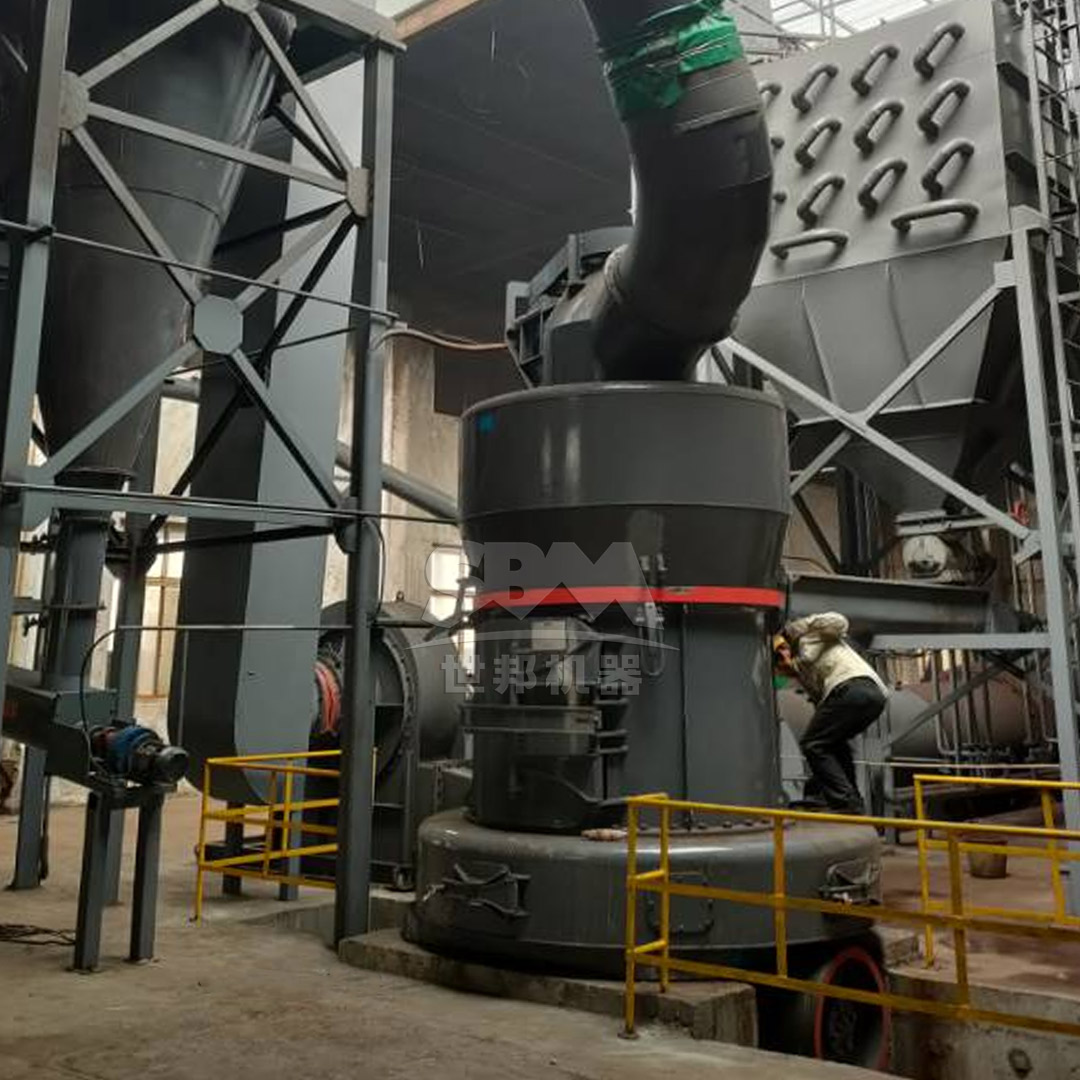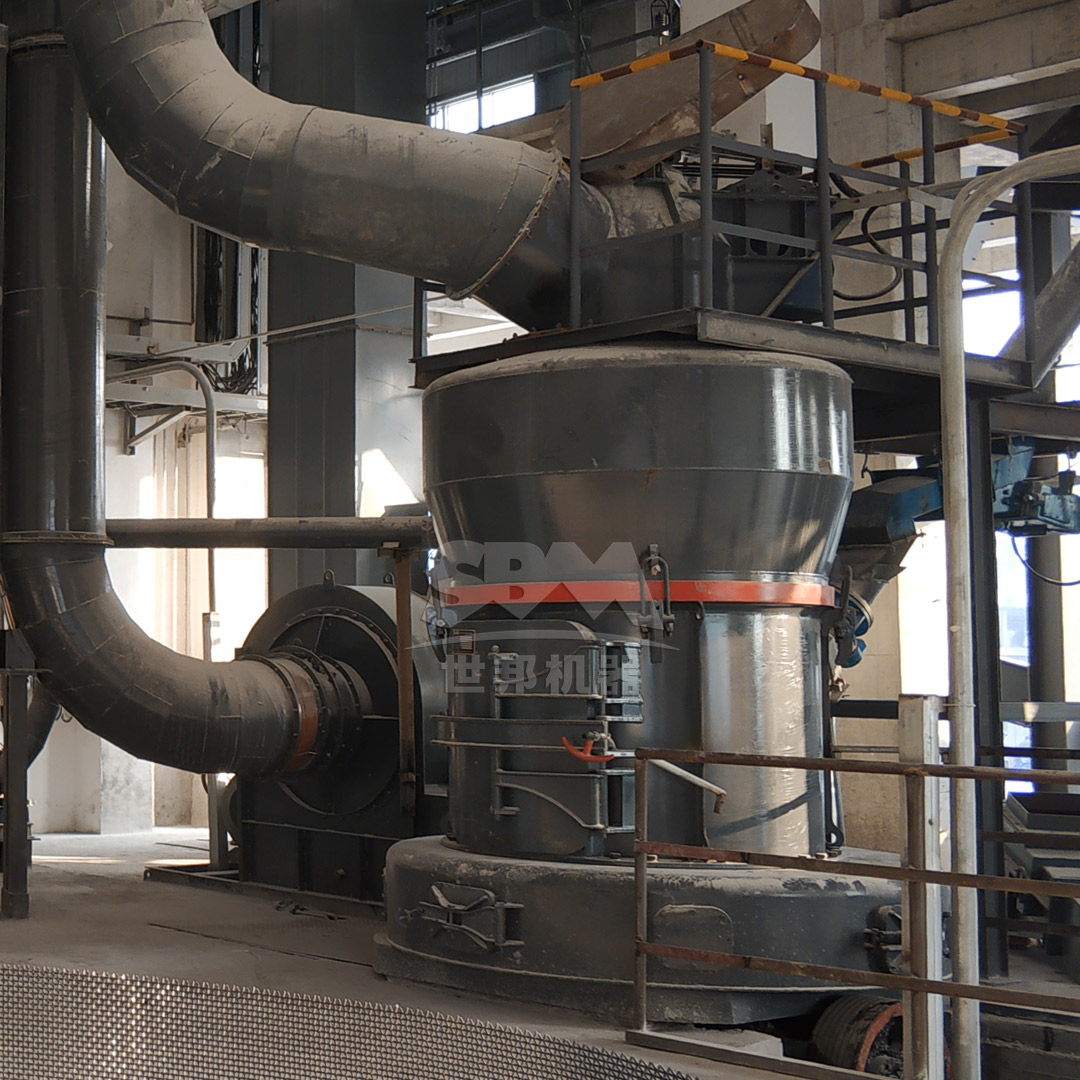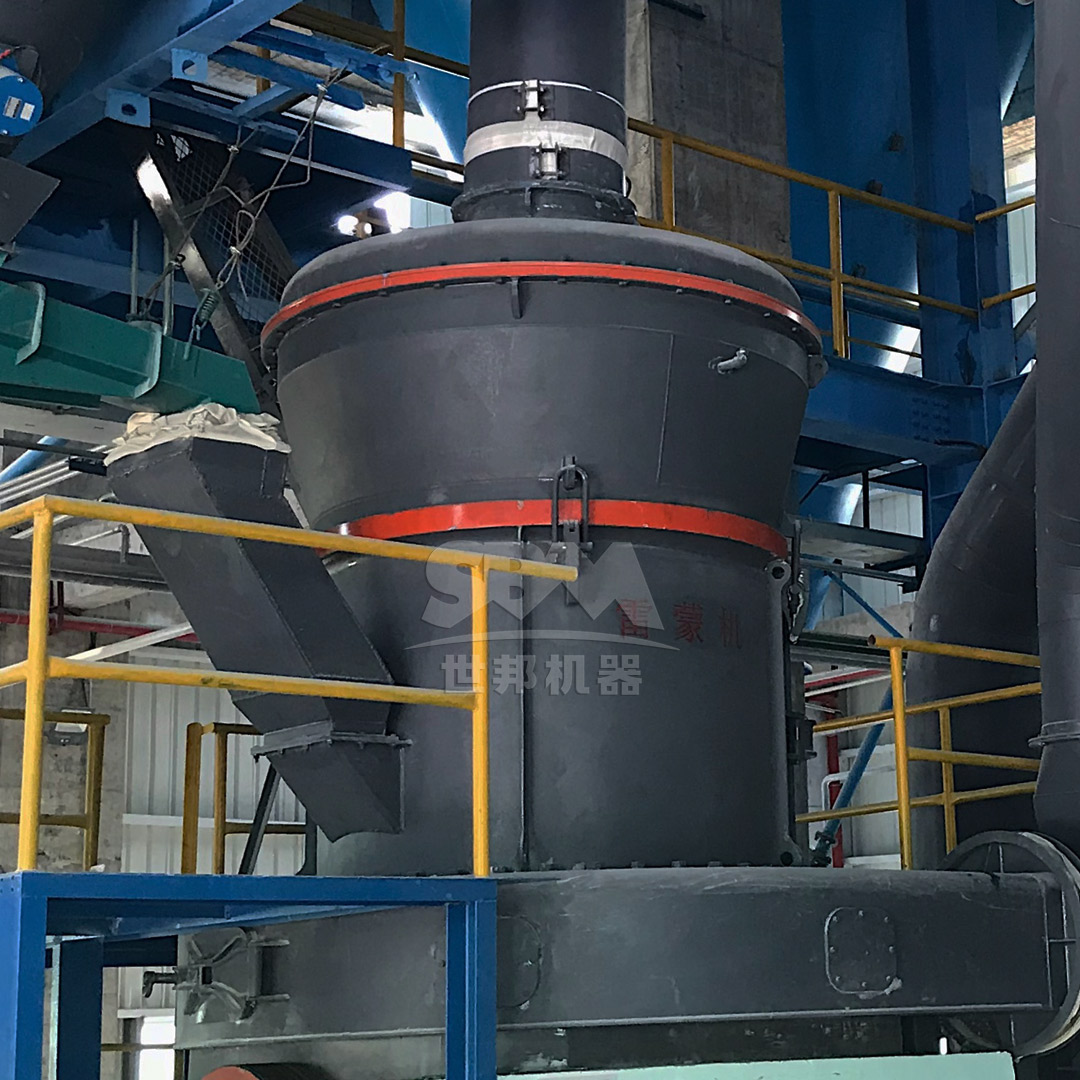The manufacturing of optical fibers represents one of the most precision-demanding processes in modern industrial production. At the heart of this sophisticated manufacturing chain lies the processing of quartz materials, where grinding technology plays a pivotal role in determining both quality and efficiency. The evolution of quartz grinding machinery has directly enabled the massive scalability and cost reduction that has made global fiber optic networks economically viable.
Quartz, primarily in the form of high-purity silica, serves as the fundamental raw material for optical fiber production. The journey from raw quartz to finished fiber involves multiple stages where precise particle size control becomes paramount. The initial processing requires coarse grinding to reduce bulk quartz to manageable sizes, while subsequent stages demand increasingly fine powders with tightly controlled particle size distributions.
Modern optical fiber preforms rely on synthetic quartz powders produced through advanced grinding technologies. These powders must exhibit exceptional purity and consistent granulometry to ensure the optical properties of the final fiber. Any contamination or irregular particle size can lead to signal attenuation, dispersion, or complete fiber failure.
| Processing Stage | Required Particle Size | Tolerance Requirements |
|---|---|---|
| Initial Crushing | ≤20mm | ±2mm |
| Intermediate Grinding | 45-325 mesh | D97 ≤ 5% variation |
| Final Powder Production | 325-2500 mesh | D97 ≤ 5μm |
Quartz presents unique challenges in grinding operations due to its high hardness (7 on Mohs scale) and abrasive nature. Traditional grinding methods often introduce metallic contamination from wearing parts, create excessive heat that can alter material properties, or fail to achieve the narrow particle distribution required for optical applications.
The most significant technical hurdles include:

Modern grinding systems have overcome these challenges through innovative engineering solutions. The SCM Ultrafine Mill series represents a breakthrough in quartz processing technology, specifically engineered to meet the stringent requirements of optical fiber manufacturing.
This advanced grinding system achieves remarkable performance through several key innovations:
The technological superiority of the SCM series is particularly evident in its ability to maintain product quality while processing quartz at industrial scales. With models ranging from the SCM800 (0.5-4.5 ton/h) to the SCM1680 (5.0-25 ton/h), manufacturers can select equipment precisely matched to their production requirements.
The transition from quartz powder to optical fiber involves several critical manufacturing steps where grinding quality directly impacts downstream processes. In the Modified Chemical Vapor Deposition (MCVD) method, quartz powders must flow consistently and pack uniformly to create preforms with optimal density and homogeneity.
Advanced grinding systems like the SCM Ultrafine Mill ensure that quartz powders exhibit:
| Fiber Manufacturing Method | Quartz Powder Requirements | Grinding System Contribution |
|---|---|---|
| MCVD (Modified Chemical Vapor Deposition) | High purity, controlled morphology | Contamination-free grinding, particle shape control |
| OVD (Outside Vapor Deposition) | Consistent flow properties | Narrow particle distribution, spherical particles |
| VAD (Vapor Axial Deposition) | Ultra-fine fractions minimization | Precise classification, minimal fines generation |
The implementation of high-efficiency grinding technology delivers substantial economic benefits throughout the optical fiber production chain. The SCM Ultrafine Mill’s combination of increased throughput and reduced energy consumption directly translates to lower production costs per kilogram of quartz powder.
Key economic advantages include:
For large-scale optical fiber manufacturers, these benefits compound significantly. A typical production facility processing 20 tons of quartz daily could achieve annual energy savings exceeding $150,000 while simultaneously increasing output capacity.

Modern quartz grinding systems address critical environmental concerns while maintaining operational efficiency. The SCM series incorporates advanced pulse-jet dust collection systems that exceed international emission standards, capturing over 99.9% of particulate matter. This is particularly important in optical fiber manufacturing where cleanroom conditions are often required.
Additional environmental features include:
The ongoing evolution of optical fiber technology continues to drive advancements in quartz grinding systems. Emerging requirements include even finer particle sizes for next-generation fibers, improved consistency for reduced signal loss, and enhanced processing efficiency for cost-competitive manufacturing.
Future developments likely to impact quartz grinding for optical applications include:
The MTW Series Trapezium Mill represents another technological solution well-suited for intermediate grinding stages in optical fiber production. With its innovative curved air duct design and combined blade system, the MTW series offers exceptional efficiency for processing quartz to the 30-325 mesh range often required in preliminary manufacturing stages. The anti-wear design features significantly reduce maintenance costs while ensuring consistent output quality.

A leading optical fiber manufacturer recently implemented SCM Ultrafine Mill technology across their quartz processing operations. The results demonstrated substantial improvements in both product quality and operational efficiency:
This case study highlights how advanced grinding technology directly translates to competitive advantage in the highly demanding optical fiber market. The precision and reliability of modern grinding systems have become essential components in maintaining quality standards while controlling production costs.
The critical role of quartz grinding technology in optical fiber manufacturing cannot be overstated. As fiber optic networks continue to expand globally, driving demand for higher quality at lower costs, the evolution of grinding systems like the SCM Ultrafine Mill and MTW Series Trapezium Mill will remain essential to industry progress. These advanced grinding solutions not only enhance production efficiency but also enable the quality standards required for next-generation optical communications.
Manufacturers investing in modern quartz grinding technology position themselves competitively in a market where material quality directly determines product performance. The continued innovation in grinding systems ensures that optical fiber production will keep pace with the world’s growing demand for high-speed data transmission capabilities.